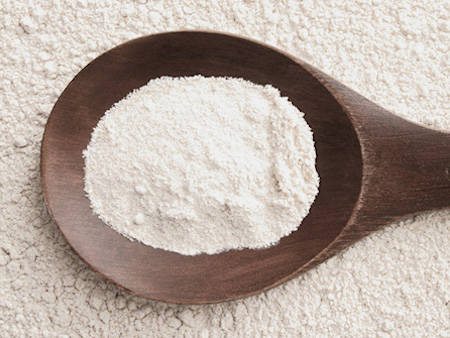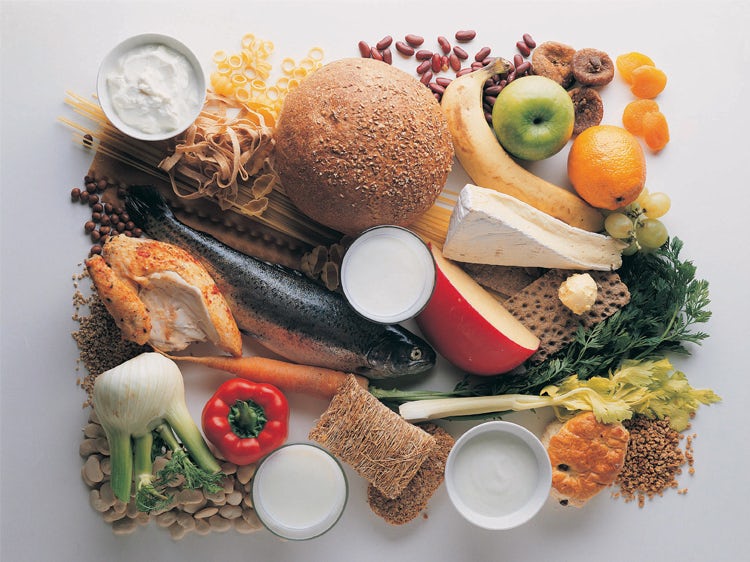The Dutch diet has been making headlines ever since exciting news about its possible health benefits came out earlier this summer. A June 2018 study of 4,447 Dutch people found that those who closely followed Dutch dietary guidelines had larger brain volumes than those who didn’t. While this link is important enough for anyone looking to stay healthy, it’s especially crucial for folks who are aging; as Harvard Medical School reports, brain shrinkage later in life may be connected to issues with memory. That’s why it’s essential for all of us to take a moment right now to consider what the Dutch diet recommends, and how we can add those recommendations to our own daily meals.
What is the Dutch diet?
As Insider reports, the Dutch diet in the context of the study isn’t really a “diet” in the traditional sense. Instead, it’s a simple measure of diet quality based on how closely people follow the Dutch dietary guidelines. Naturally, we couldn’t help but take a peek at these recommendations. The most recent list was published back in 2015 by the Health Council of the Netherlands, and they can be found translated in English in full online.
Some of the highlights? You might not be surprised to hear that the health council recommends that people eat vegetables and fruits daily, as well as whole grains. There’s also a big emphasis on tea: Three cups is considered an ideal amount (but considering the many health benefits of tea, perhaps we shouldn’t be too stunned). In terms of the rest of a person’s daily diet, the council also recommends unsalted nuts, as well as a few portions of dairy products. And for a weekly diet, the Dutch guidelines call for one serving of fish, preferably oily fish such as salmon or herring. Legumes such as lentils are also suggested for weekly consumption. But the really interesting part involves the dietary swaps and switches.
For instance, the health council recommends that people replace solid fats like butter with liquid fats, such as vegetable oils. The council also calls for replacing unfiltered coffee with filtered coffee. According to the recommendations, salt should be limited to just six grams daily, and the consumption of red meat should be limited overall, especially processed meat.
Why the Dutch Diet Works
After a close inspection of the Dutch diet, you’ll see that many of its recommendations include healthy eating advice you’ve probably heard before: Eat lots of veggies; limit processed meals; and enjoy functional foods that benefit your overall health (hello, lentils!). But one thing that may stand out to you is the overall plant-based nature of the diet, which appears to be part of a growing trend in expert advice. As a 2017 review of studies showed, people who follow plant-based diets tend to have lower BMIs than those who don’t follow such an eating plan. Plus, shifting to this style of eating appears to be effective for weight loss, as well as a way of helping prevent chronic diseases later on.
It’s worth mentioning that the study from earlier this year suggested that an overall healthy diet by Dutch standards was linked to a better brain size, rather than just one specific healthy food. That’s why it’s important to follow a healthy eating pattern day by day. And if that eating pattern happens to look like the Dutch diet, your waistline — and your brain — just might thank you later on.



















